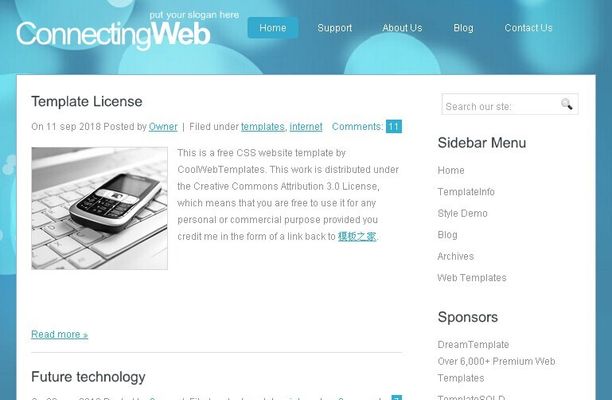
"Demo it like it’s real, trade it like you mean it."
Imagine this: you’re sitting in your favorite coffee shop, laptop open, sipping something overpriced but worth it, and watching the EUR/USD chart snake its way across the screen. Your “trade” just bagged $500 in 20 minutes. Feels good, right? Now here’s the twist — it wasn’t real money. It was your forex demo account. Which leads to the million‑dollar question (literally, sometimes): how close is this to actual trading?
A forex demo account looks and feels almost identical to live trading. Same charts, same price movement, same technical indicators — it simulates the market feed so well that for many new traders, it feels like they’re already halfway to making a living off the charts. It’s no wonder prop trading firms often use demo challenges to assess new traders. It’s a safe space to test strategies, experiment with multiple asset classes — forex, stocks, crypto, indices, options, commodities — without putting your actual bank balance on the line.
Advantage: Demo trading is the gym before the fight. You build muscle memory, learn how to interpret candlestick patterns, test risk management plans, and develop a feel for volatility. A new trader can gain confidence quickly, especially when exploring markets outside just forex — S&P 500 futures, gold, EUR/GBP pairs, or even Bitcoin during a high‑volatility week.
Here’s the not‑so‑sexy truth: demo trading can’t reproduce the emotional impact of real money gains or losses. When it’s virtual cash, you might take risks you’d never take with rent money. You might let a trade run into a massive drawdown “just to see what happens.” In the live market, that “experiment” could be the end of your account.
Slippage, liquidity issues, and execution speed also differ. Most demo accounts give you near‑perfect fills. Live accounts? The market moves fast; sometimes by the time you click “buy,” your entry price is already worse than you planned. Multiply that by high‑volume moments like FOMC statements or Non‑Farm Payroll releases, and your stop‑loss might trigger a few pips lower than expected.
Modern prop trading firms — especially in forex and crypto — use demo phases to filter talent. Pass their evaluation, and you could manage six‑figure funded accounts. While the evaluation might be on a simulation, the mindset it demands is very much real: discipline, consistency, and protection of capital.
The interesting twist is that in prop setups, even “funded” trading can be routed through simulated environments until payout. That’s right — sometimes your entire career with a prop firm is technically on a demo server, but your performance leads to actual profit splits. In other words, realism isn’t just about the price feed; it’s about whether the incentives mimic real financial pressure.
If you use demo accounts to trade across forex, equities, crypto, commodities, you’ll notice subtle differences:
Testing them in demo mode teaches versatility, but the mental discipline to respect stop‑loss rules and avoid revenge trading is best forged with some skin in the game — even if it’s a small live account.
We’re entering a phase where decentralized finance platforms offer on‑chain trading for forex proxies, tokenized commodities, and AI‑driven smart contract execution. Imagine a demo account not tied to a broker’s server, but to a blockchain simulation that pulls real‑time liquidity metrics. AI is changing the game for prop firms too: risk management algorithms, automated trade evaluation, and machine learning forecasting models mean the next wave of traders could be vetted and trained in environments that blend demo psychology, gamification, and actual payout systems.
If you’re considering prop trading or building a career in the markets, think of demo trading as your training camp — but don’t get too comfortable. Treat demo dollars like they’re withdrawals from your personal bank account. Trade with the exact lot sizes you’d use live. Set daily loss limits and respect them as if your mortgage depended on it.
Promo line: "Trade your demo like it’s live, so when it’s live, it feels like a demo."
If you want, I can also draft you a follow‑up piece specifically analyzing “Why Some Traders Pass Demo Challenges but Fail in Live Trading” — it’s a painful but fascinating topic in the prop scene.
Do you want me to prepare that?
Your All in One Trading APP PFD